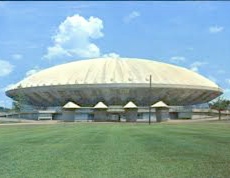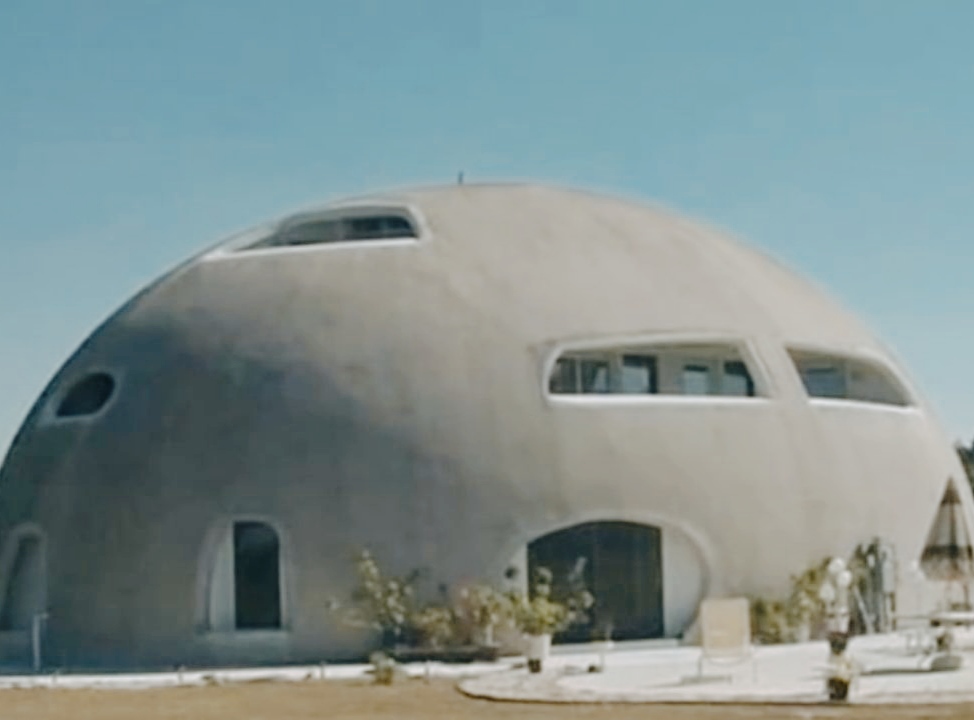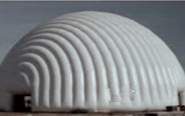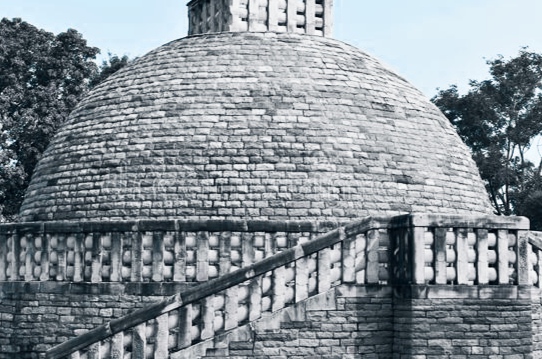Table of Contents
1. Umbrella Dome
This type of dome is looks like an umbrella. It is divided into various curve sections. All the curve section have similar slope. Curves extending downward beyond the apex are radial structural lines that act as the dome’s “ribs”. Umbrella dome normally constructed in churches.

2. Saucer Dome
Saucer domes are very big in terms of area. Other types of domes are smaller compare to saucer dome. Saucer dome is very flate. These domes have a smaller cross section than a semicircle. They are strong, but have higher radial thrust because the dome shrinks under load.

3. Oval Dome
If plane or profile of a dome is oval shape, it is known as oval dome. Both plane and profile can be in oval shape. A combination of arcs that meet at tangent points forms the geometry that defines this term.

4. Onion Shaped Dome
Ogee shaped domes that are larger than hemispherical domes and have a pointed top are called onion domes. They are often taller than they are wide and are often gilded or painted in bright colors. The large, heavy bulge is a support against the tendency of the masonry dome to swell at the floor.

5. Monolithic Dome
A monolithic dome is a structure in which a thin shell is held together. Shapes may be permanent or temporary, and may or may not remain in the finished structure. The igloo is probably the first type of dome made from a single stone.

Monolithic domes are used today in homes, businesses and factories around the world. Due to their strength, durability and cost effectiveness, they are used for heavy duty storage needs in cement, fertilizer, agriculture, power and mining industries.
6. Inflatable Dome
An inflatable dome is a self-supporting structure that is supported by externally pumped air. Available in a variety of sizes, the inflatable dome can be built in just a few days. These are especially useful when hosting large events.

An inflatable dome is an ideal projection dome because it can give the illusion of infinite space. These particular types of domes quickly become gathering places for any number of people.
7. Hemispherical Dome
Also called a “revolving dome”, it is half a sphere built on a circular ring beam.
Vertical compression occurs along the meridian, whereas horizontal compression occurs only in regions above 51.8 degrees from above. Below this point, the hemispherical dome is stressed horizontally, often requiring braces to counteract it.

8. Geodesic Dome
A geodesic dome is a sphere-like structure composed of a network of triangles. These triangles create a self-leveling structural framework for the dome with minimal material usage.

The names of the structures are derived from geodesics, polyhedra and his tetrahedrons. These types of domes can be constructed with a limited number of simple elements and connections, effectively relieving the dome’s internal stress.
9. Elliptical Dome
A dome with an elliptical base cross-section is either an elliptical dome or an oval dome. An ellipsoidal dome is considered a type of circular dome due to its circular base and horizontal cross-section. Ellipsoidal domes are created in the same way as other “rotational” domes, rotating a curve around a vertical axis.

10. Honeycomb Dome
This structure is one of the oldest types of domes, and is also known as a false dome or carry dome. Each successive layer cantilevers or cantilevers toward the center until a point is reached where all layers come together at the top. They are not domes in the usual sense. This is because it consists of horizontal layers of masonry that are slightly cantilevered until they meet in the middle.

